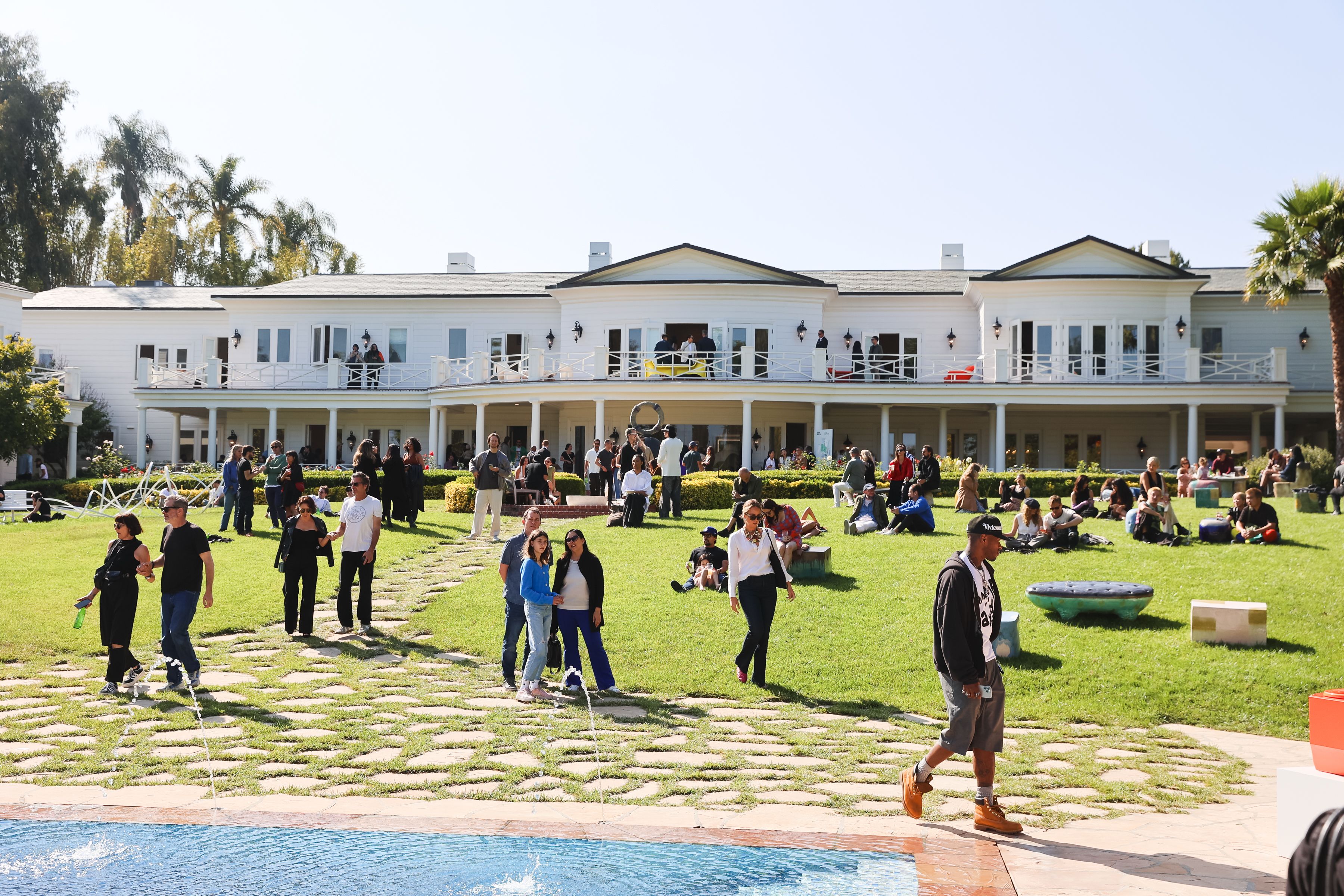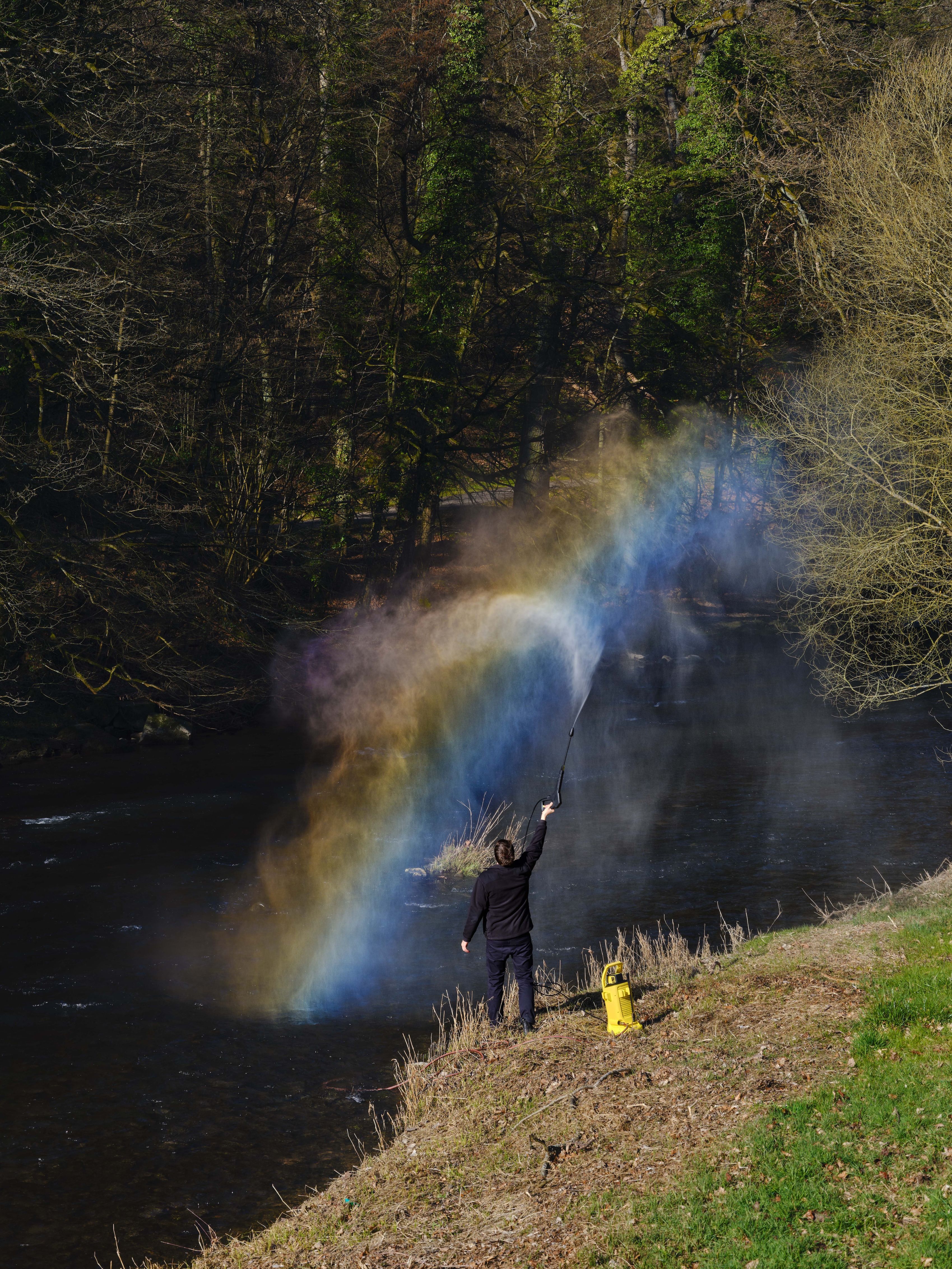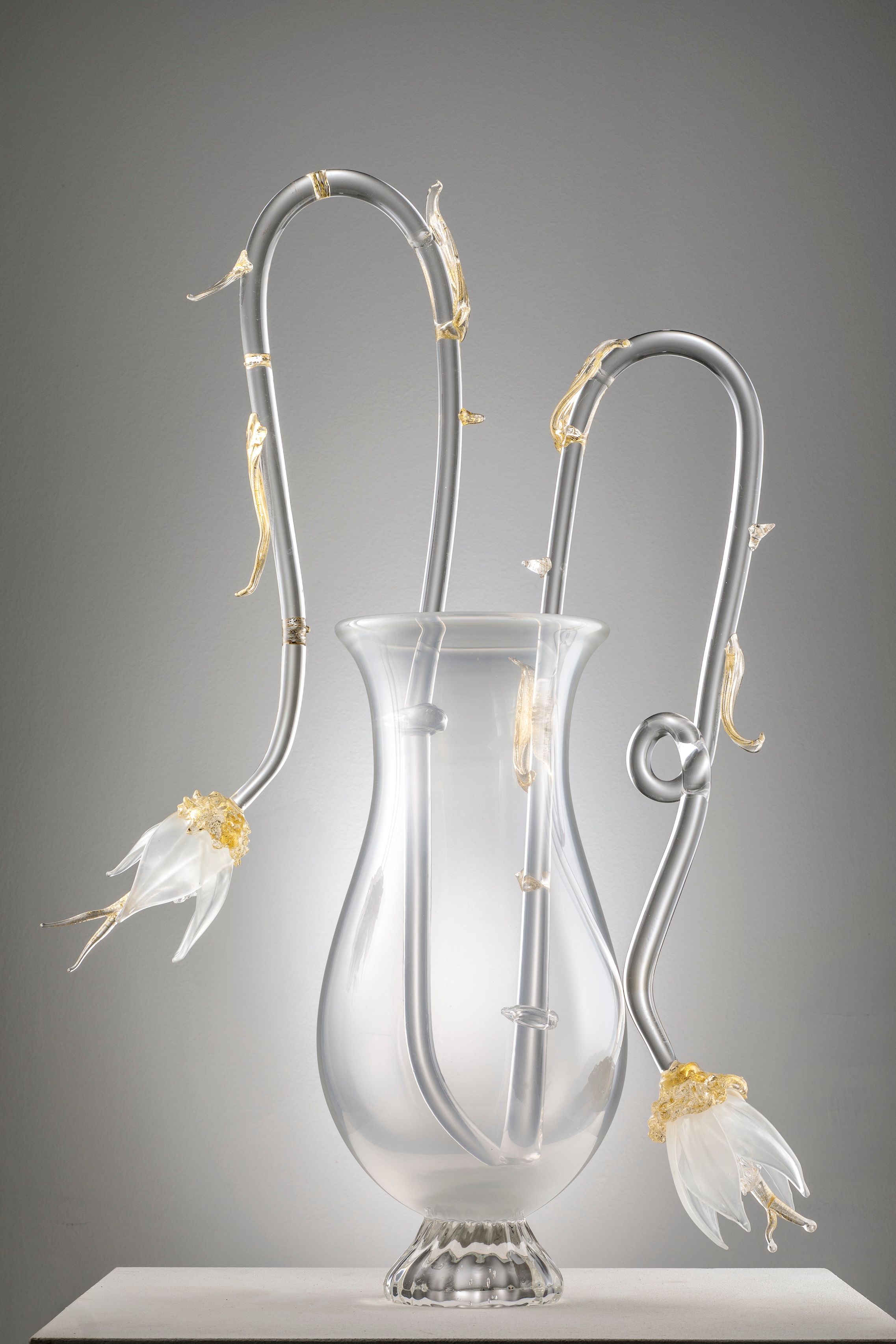IN THE MIX FEBRUARY 5 2025
by Glenn Adamson
Founder Craig Robins looks back at some of Design Miami’s defining moments
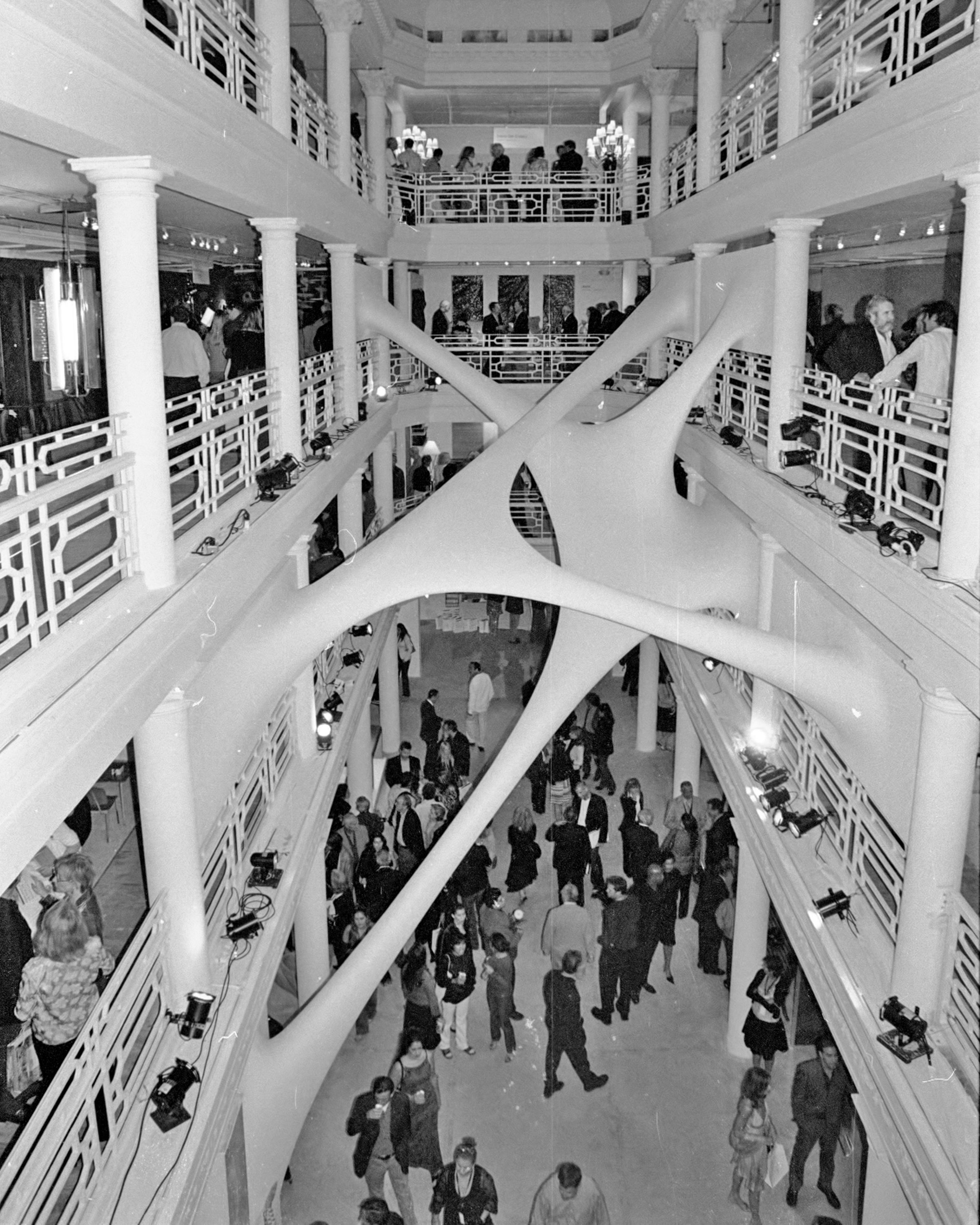
ZAHA HADID’S “ELASTIKA” AT THE INAUGURAL EDITION OF DESIGN MIAMI IN 2005
Photo courtesy of Lizzy Newberry
“Take the most powerful art fair in the world, and combine it with a sexy tropical paradise. What could be better?” This was the simple but effective logic behind the founding of Design Miami, in 2005, according to founder Craig Robins. As we head into our 20th anniversary, it seemed like a good time to sit down with him and relive some of our greatest moments that have occurred in the past two decades. So here, without further ado, is Craig’s List: a personal top-ten highlights of Design Miami.
1. Zaha Hadid Wins Designer of the Year, 2005
“Doing a commercial fair wasn't enough,” Robins says. “We wanted it to be a real cultural happening.” Accordingly, he and fair co-founder Ambra Medda decided that each edition would include recognition of a Designer of the Year. Zaha Hadid graciously agreed to be the first recipient – an important vote of confidence for the undertaking – and created her majestic sculpture Elastika for the Moore Building. “She managed not to interfere with the historical architecture in any way, but enhance it,” says Robins. “I remember doing a talk with her right underneath it. It really symbolized the merger of a creative cultural neighborhood, the Miami Design District, with the content of Art Basel.”
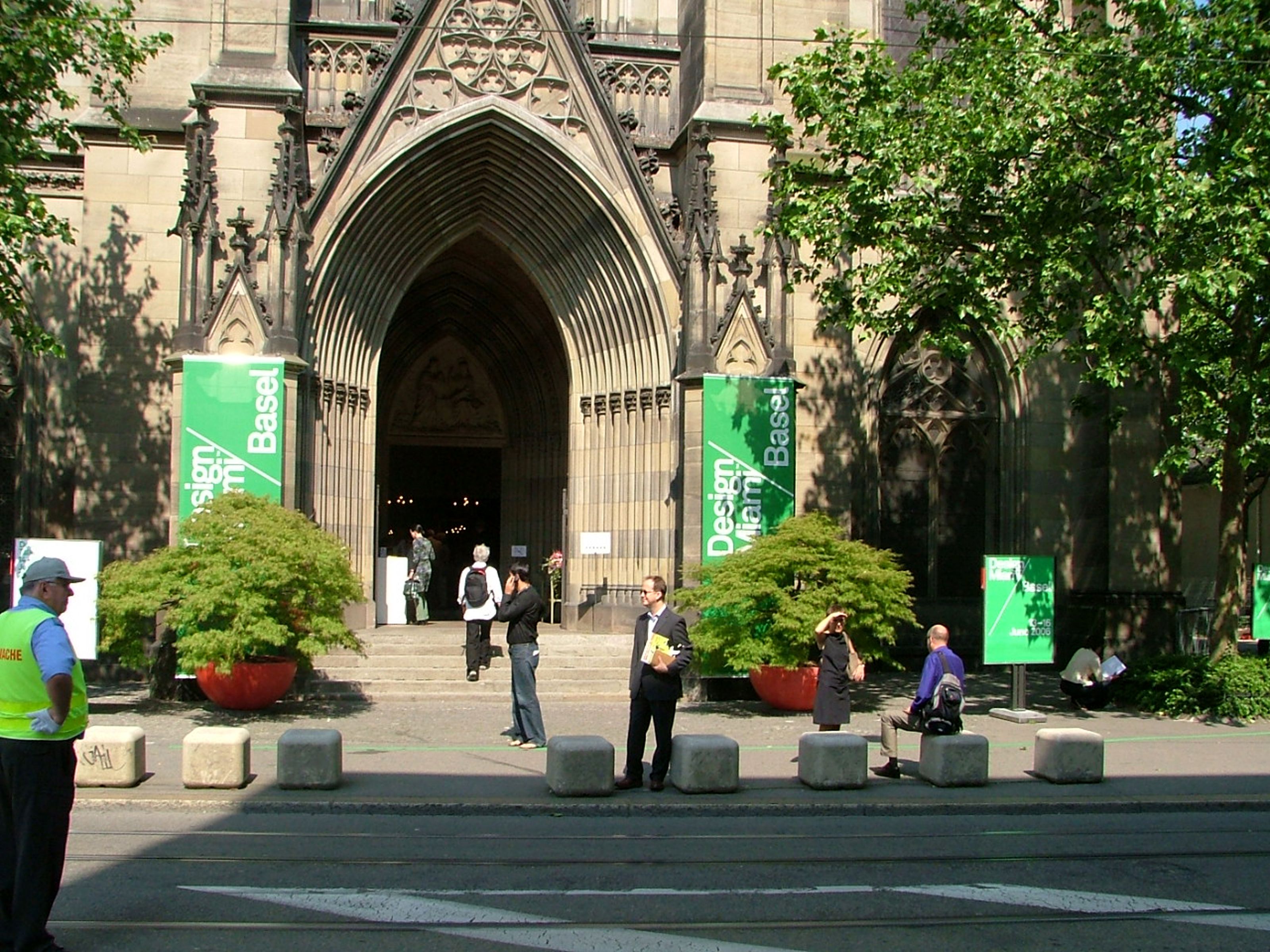
THE INAUGURAL EDITION OF DESIGN MIAMI.BASEL, 2006
Photo courtesy of Design Miami
2. Design Miami.Basel Launches, 2006
Design Miami had a tremendous impact, demonstrating that the market for limited-edition design, though admittedly small, had huge potential to take its own distinctive place alongside fine art. The next step was obvious: since the fair had originated as a counterpart to Art Bael, why not go back to the source? Robins recalls the exact moment when the idea of bringing Design Miami to Basel came about: it was June 2006, and he was at the Venice Biennale with dealers Patrick Seguin, Marc Benda (of Friedman Benda), and Didier and Clemence Krzentowski (of Galerie Kreo). “They said, you've got to bring the show to Basel. We put it together really quickly. It was in a theater in a strange location, but it launched.” The fair’s second annual location was now in place, enhancing the strong connection to the history of the European design avant garde.
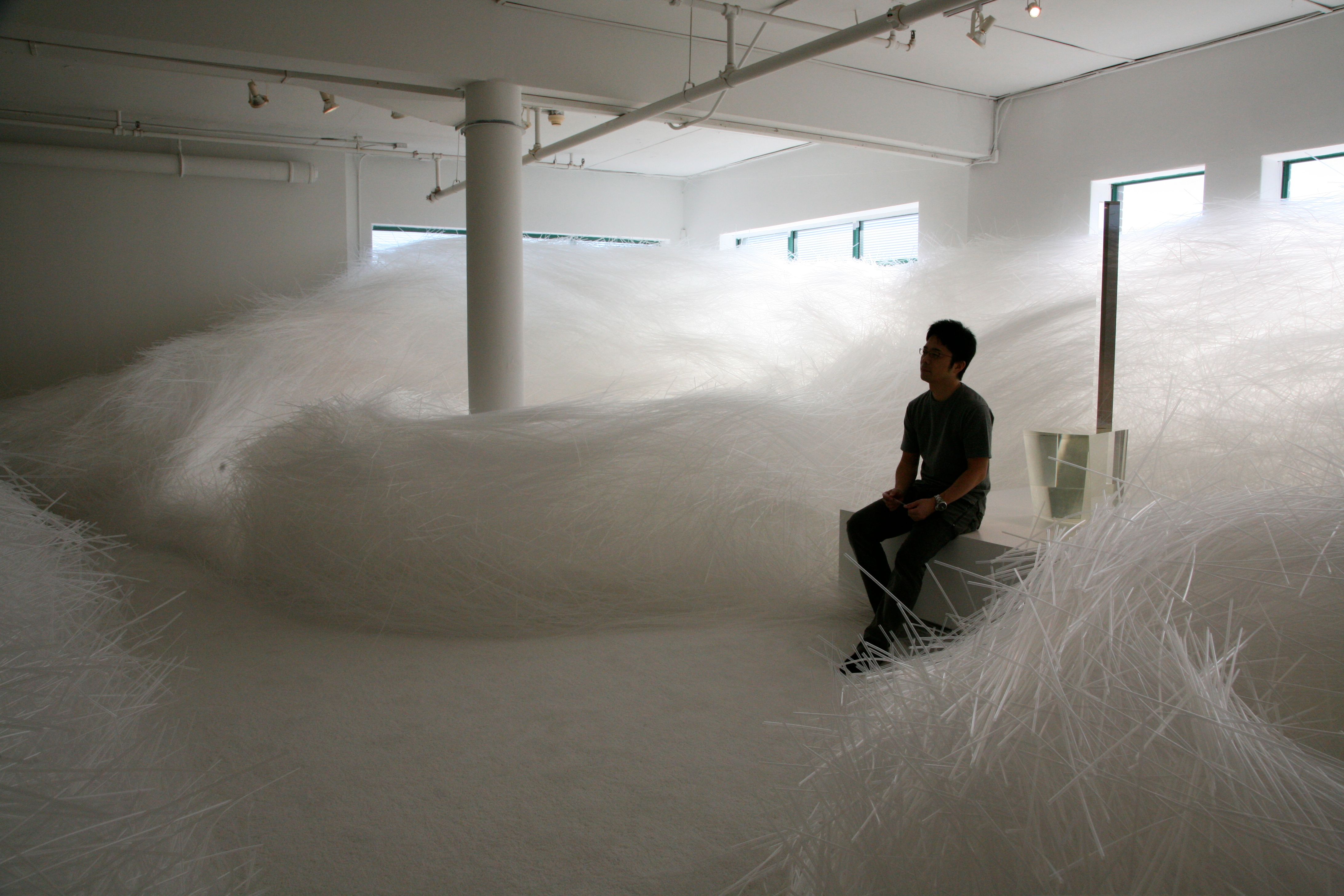
DESIGNER OF THE YEAR TOKUJIN YOSHIOKA’S “TORNADO” AT DESIGN MIAMI 2007
Photo courtesy of Lizzy Newberry
3. Tokujin Yoshioka,Tornado, 2007
“I think it was two million plastic straws. That was unbelievable, a really transcendent moment.” Together with Medda and curatorial director Wava Carpenter, Robins had invited Designer of the Year, Tokujin Yoshioka to come up with something big for the Moore Building – and did he ever. “We would brainstorm,” Robins recalls. “It wasn’t some kind of formal committee, we'd all reach a consensus together. Instead of doing Christmas lights, like everybody else does, we’d commission a designer to do an installation for the neighborhood. It's really helped the Design District become a strategic location for luxury brands.” Yoshioka’s sublime, spiky installation was hugely memorable, and in fact was later recreated at the Saga Prefectural Art Museum on the island of Kyushu, where the designer grew up.

SWAROVSKI EXHIBITING AT DESIGN MIAMI 2015
Photo courtesy of James Harris
4. Swarovski Commissions, 2008 and later
Even before there was a Design Miami, Nadja Swarovski had worked closely with Robins and his team in the Design District, selecting and installing pieces of public design. “She was obviously one of the most iconic personalities and thinkers in the space,” he says, and it was natural that the collaboration would continue at Design Miami itself. Between 2008 and 2013, Swarovski commissioned some of the world’s greatest designers – among them Ross Lovegrove, Greg Lynn, Troika, Fredrikson Stallard, and Asif Khan – to create immersive installations at both the Miami and Basel fairs, always using Swarovski’s signature crystals. Breathtaking in their ambition, the projects set a template for corporate partnerships at the fair to this day.
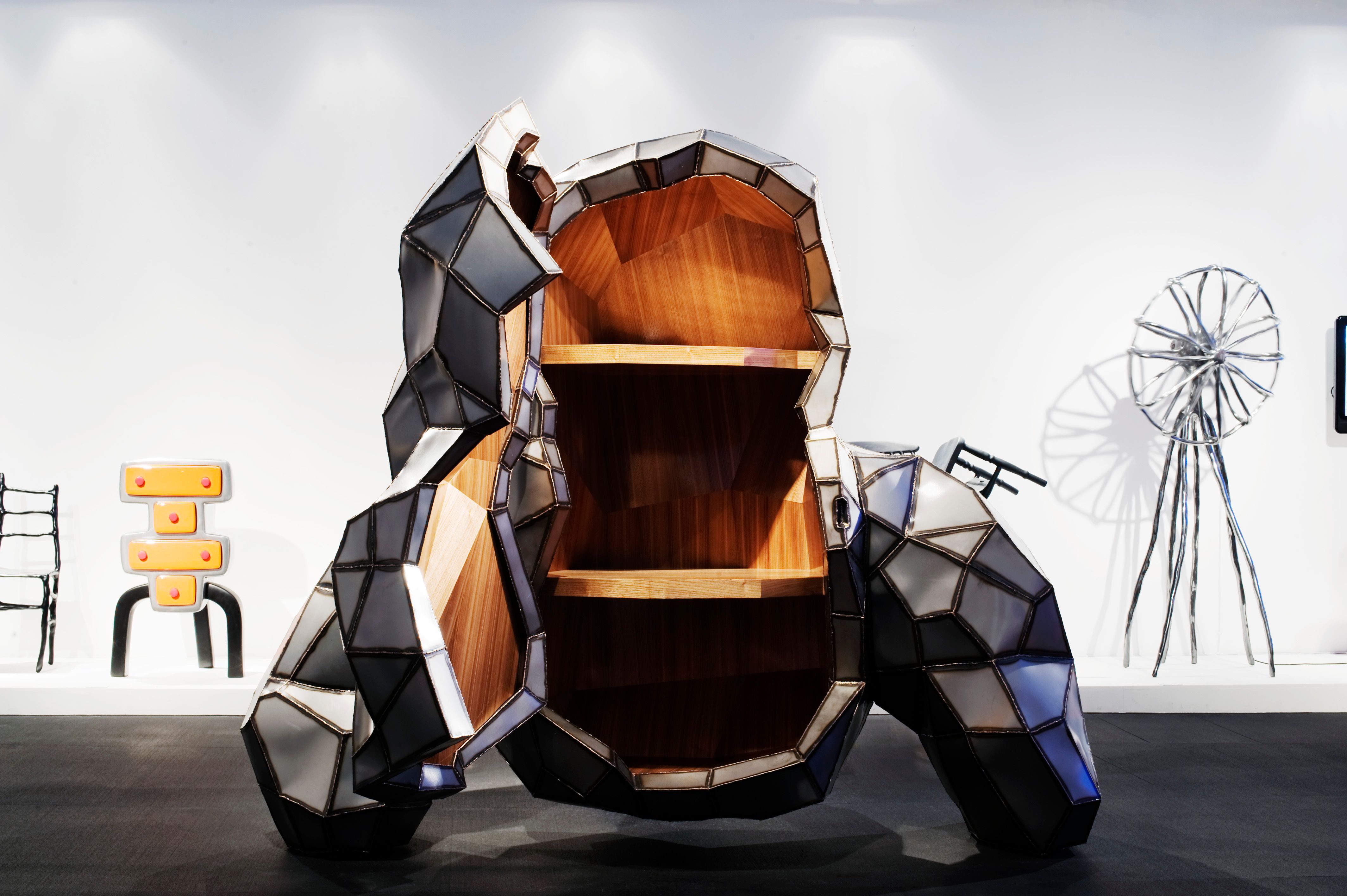
DESIGNER OF THE YEAR MARTIN BAAS’ “CABINETS” AT DESIGN MIAMI 2009
Photo courtesy of Lizzy Newberry
5. Marten Baas,Real Time Project, 2009
Maarten Baas holds a special place in Design Miami history, having been the first talent to be recognized as Designer of the Future (a program launched in Basel in 2009, recognizing multiple recipients) to become the Designer of the Year in Miami. He was working with the innovative dealer/curator Murray Moss at the time – another person that Robins recognizes as an important progenitor – and had presented pieces such as his colorful Clay Furniture at the fair previously. But his Real Time Project was at a whole new level. Each clock in the series featured a person, either real or cinematic, continuously redrawing the time by hand. The project broke down the barriers between the analogue and digital, and arguably between design and conceptual art, too.
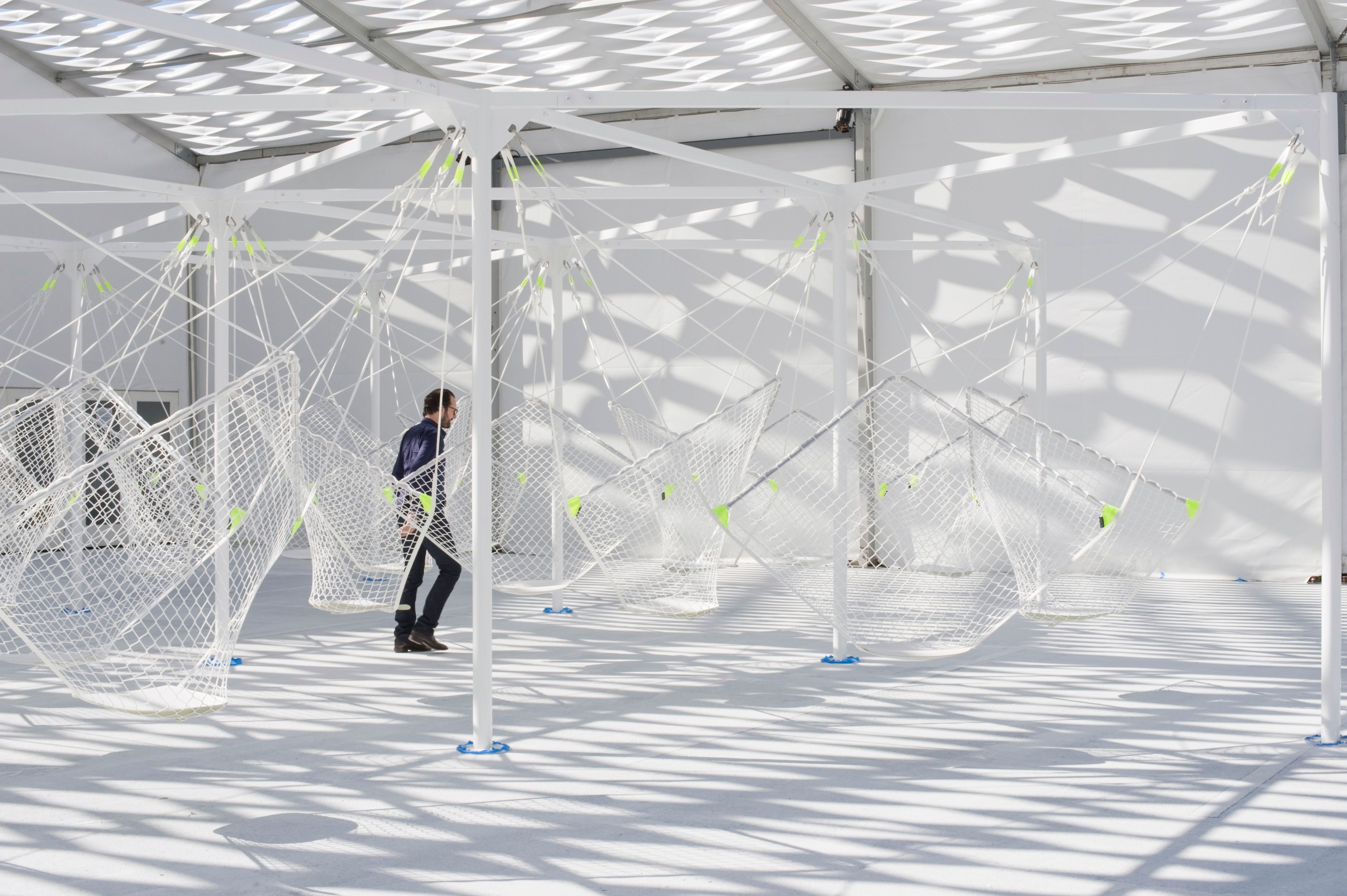
DESIGNER OF THE YEAR KONSTANTIN GRCIC ALONGSIDE “NETSCAPE” AT DESIGN MIAMI 2010
Photo courtesy of Design Miami
6. Konstantin Grcic, Netscape, 2010
Another sensational installation came in 2010, courtesy of Designer of the Year Konstantin Grcic. Entitled Netscape, the maximally interactive project consisted of an array of six-pointed polypropylene hammocks, all suspended within a svelte metal structure. At the time Grcic was seen as a bold choice – even he said he was surprised – as he was known primarily as industrial designer, with a “rigorous focus on logic, utility and simplicity,” as the New York Times put it, quite different from the more sculptural, overtly expressive work typically featured at the fair. His selection arguably indicated a maturing and broadening dimension of Design Miami, which was now becoming a platform for all sides of the discipline, beyond limited-edition work.
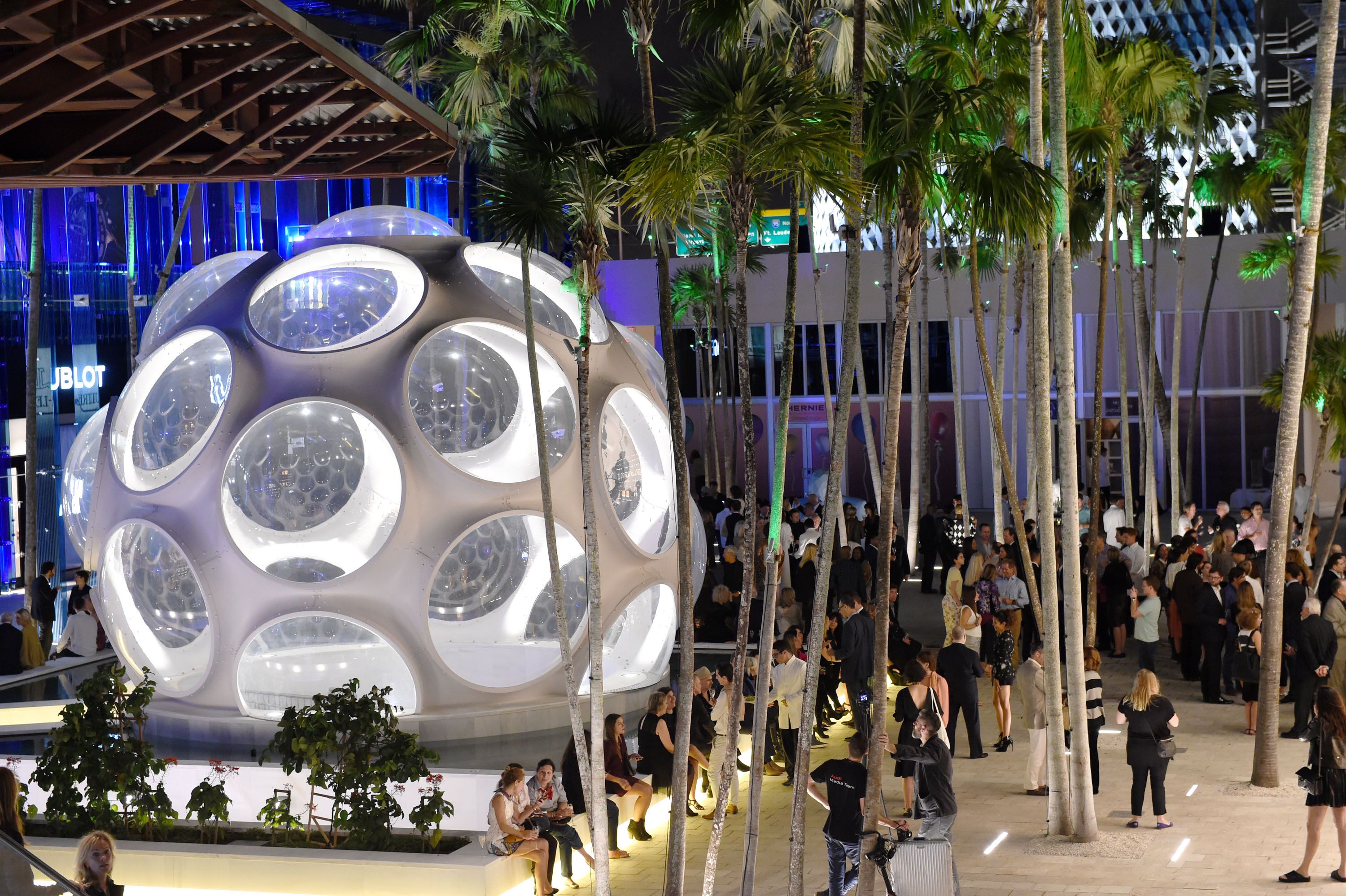
THE 2014 DESIGN VISIONARY DINNER IN THE MIAMI DESIGN DISTRICT
Photo courtesy of World Red Eye
7.Architecting the Future, 2011
No figure in 20th century design is more captivating than Buckminster Fuller, the polymathic designer, engineer, scientist, and world-champion talker. Among his many admirers is Lord Norman Foster, the great British architect, and in 2011 he joined forces with Robins to create an exhibition devoted to Fuller’s work and legacy. The centerpieces were a 25-foot version of the “Fly Eye Dome” – a variant on his iconic Geodesic domes, built in shaped sections instead of separate struts – while Foster had rebuilt the three-wheeled, streamlined Dymaxion Car, launched at the Chicago World’s Fair in 1933, and still futuristic-looking today. The dome remains in public view in the Design District’s Palm Court.

GALERIE PATRICK SEGUIN PRESENTS A JEAN PROUVÉ HOUSE AT DESIGN MIAMI 2013
Photo courtesy of Lizzy Newberry
8. Jean Prouvé House, 2013
Patrick Seguin has at least two important distinctions, for Craig Robins. First, he’s the only dealer who’s been in every Design Miami fair edition at Miami, Basel, and more recently, Paris. Second, it was Seguin who turned Robins on to Jean Prouvé. In 2013, Seguin brought the great French designer’s Maison Démontable 8x8 – one of only two surviving examples of the groundbreaking prefabricated design – and installed it at the Miami fair. “He was thinking about ecology even before the term existed,” Seguin commented at the time. “Prouvé wrote that architecture should leave no trace on the landscape. Fair visitors were invited to see the house built and taken down, demonstrating its incredible functionality. “That was one of Prouve's strokes of genius,” says Robins, “and I don't think that you could have had a better way to illustrate it.”
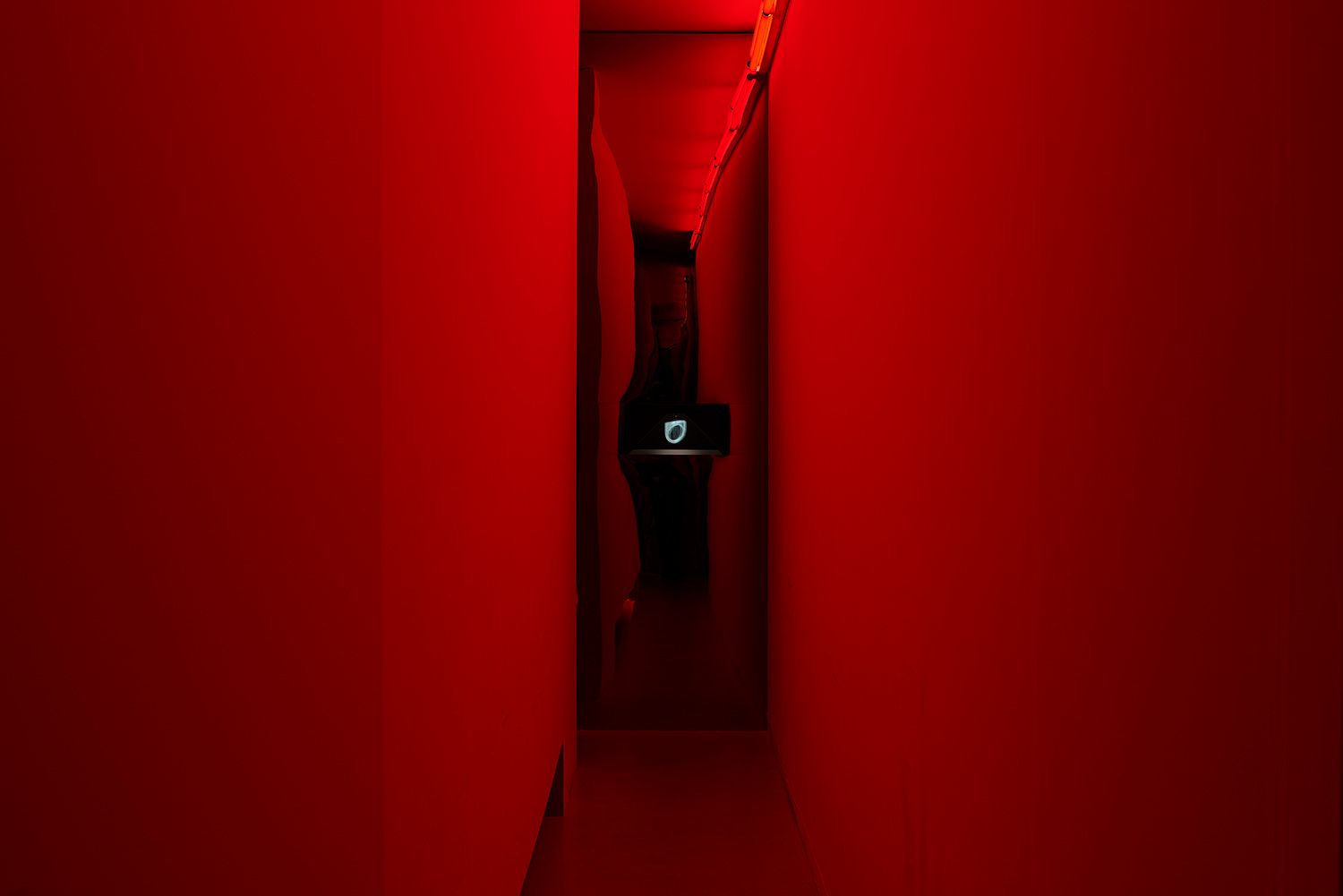
(RED) AUCTION, PRESENTED BY THEASTER GATES AND SIR DAVID ADJAYE, DESIGN MIAMI 2018
Photo courtesy of James Harris
9. The (RED) Auction, 2018
Continuing its tradition of impactful collaborations, Robins joined forces with artist Theaster Gates, architect David Adjaye, and musician/activist Bono to create a charity auction held in the Moore Building. Simply entitled (RED), it used the color of the iconic AIDS ribbon to unify a diverse set of offerings. The event built on a series of earlier events held at Sotheby’s, and raised over $5 million in support of the Global Fund to support lifesaving HIV/AIDS programs in Africa, as well as the Rebuild Foundation, Chicago, an organization championed by Gates. As Robins says, “It shows you how what we built in Miami can go on to have an impact in the world.”
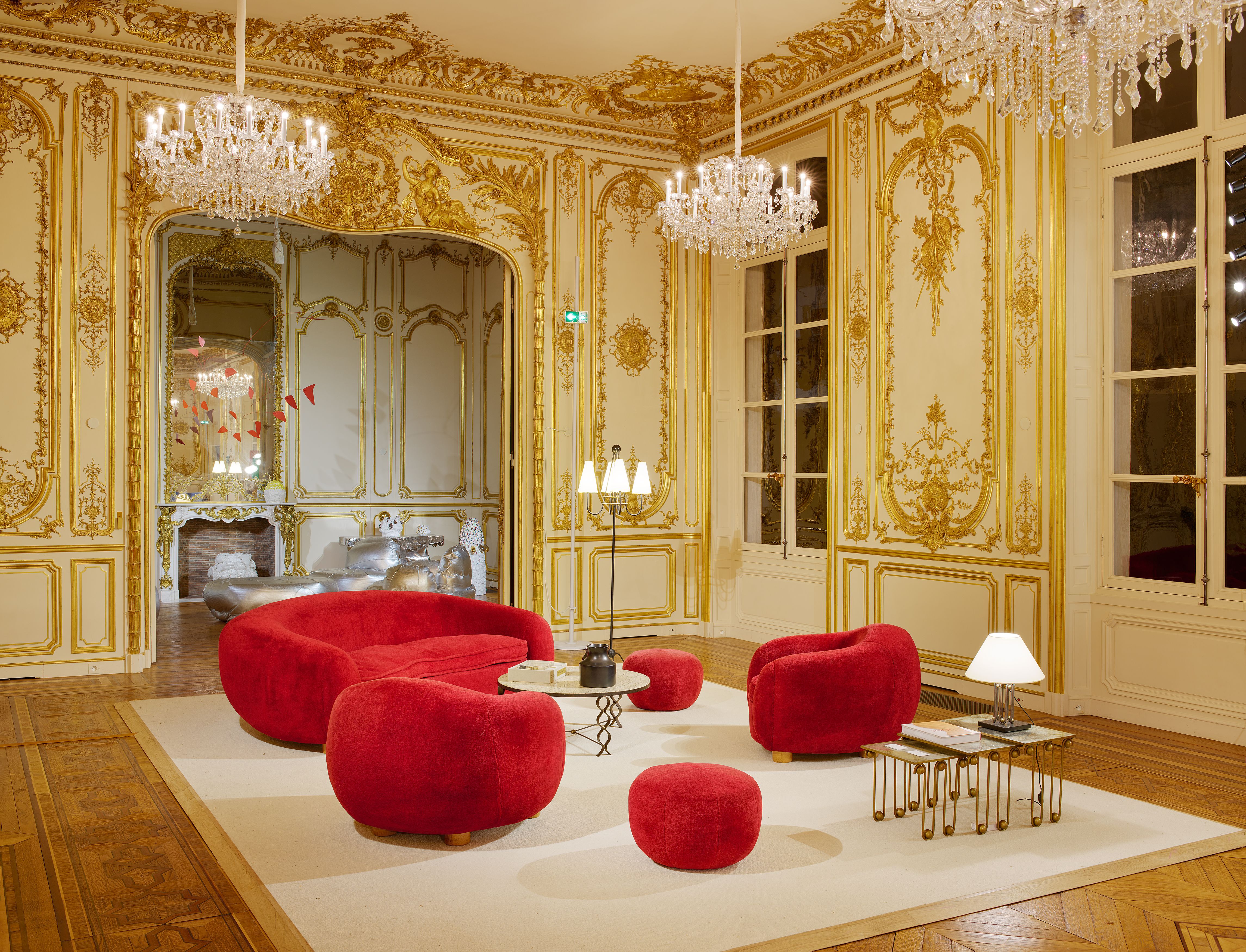
GALERIE JACQUES LACOSTE AT THE INAUGURAL EDITION OF DESIGN MIAMI.PARIS, OCTOBER 2023
Photo courtesy of James Harris
10. Design Miami Expands: Paris, 2023 and Los Angeles, 2024
Like the rest of the world, Design Miami had a hiatus during the Covid-19 pandemic, but the short time since has been one of its most dynamic periods. Under CEO Jen Roberts, the fair has recently expanded to venues in Paris - in the beautiful setting of the L’hôtel de Maisons, previously home to Karl Lagerfeld and several generations of the Pozzo di Borgo family – and for the first Los Angeles edition, at the Holmby Hills estate, by prominent Black architect Paul Williams. “We shifted towards experience-driven events that resonate with the vernacular and rich cultural history of the region,” Ashlee Harrison, curatorial director for the first L.A. edition says. “With its unique blend of design innovation and cinematic heritage, Los Angeles is such a fertile ground for growth. That fair really underscores Design Miami’s commitment to engaging audiences in a way that feels both locally grounded and globally relevant.” And indeed, just a year ago, Design Miami was acquired by L.A.-based digital marketplace Basic.Space – Robins was an early investor, and remains on the company’s board – opening up a strong affiliation with the West Coast, as well as the fashion and lifestyle sectors. Design Miami may be twenty years old, but as Robins will be the first to tell you, in some ways it’s just getting started.
